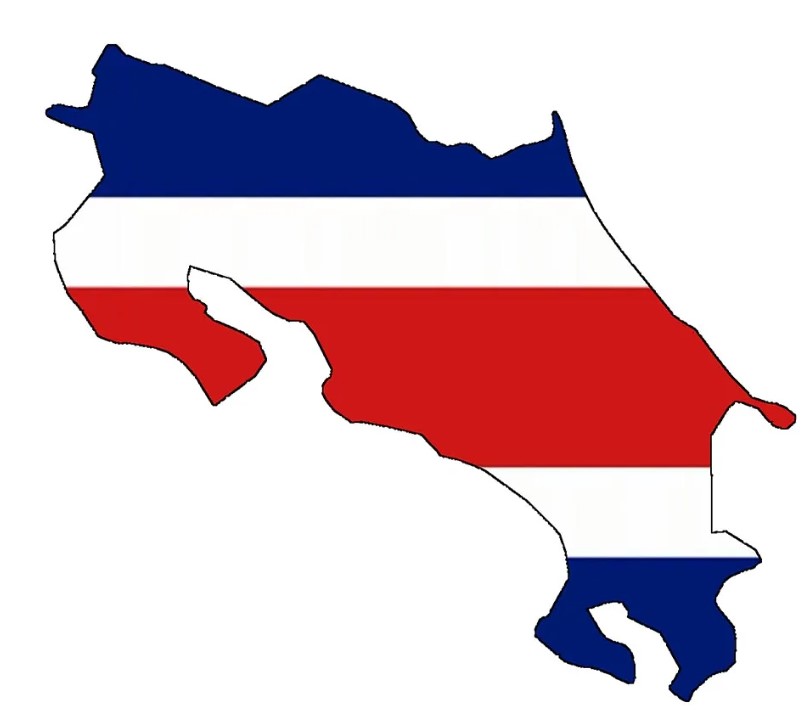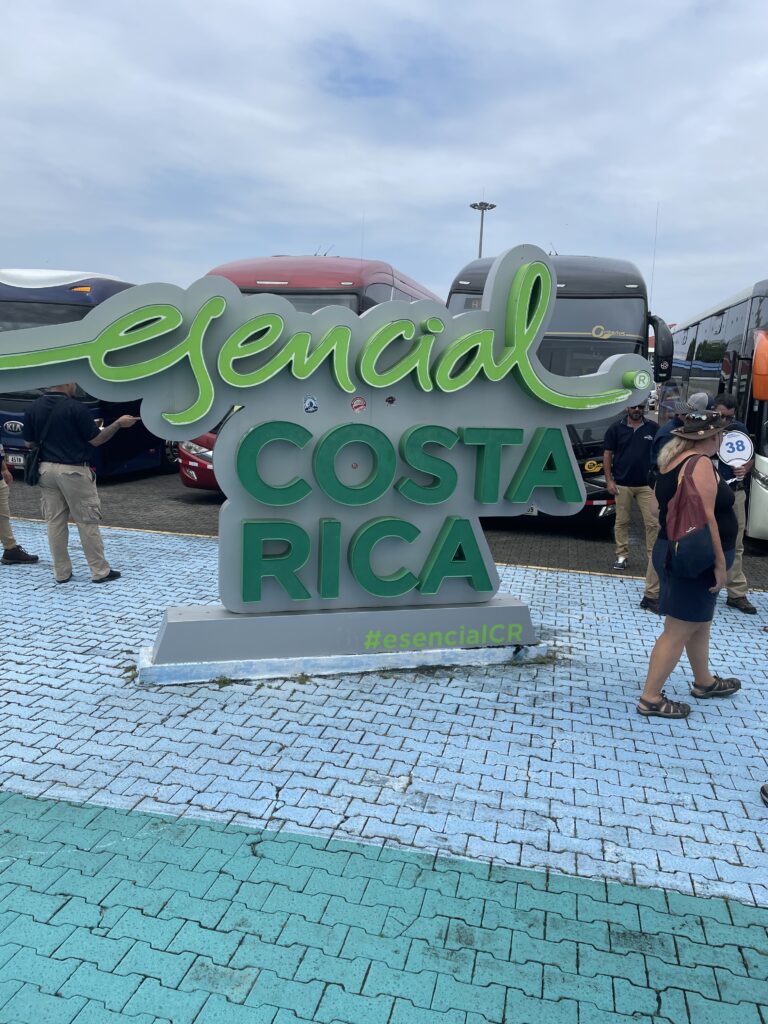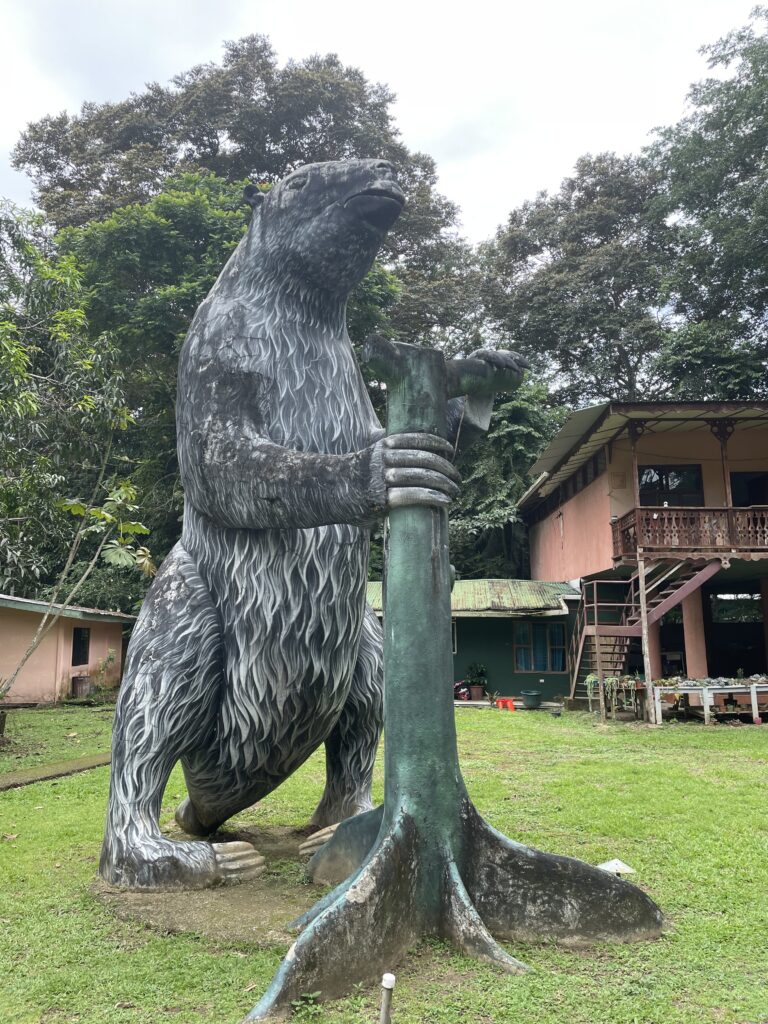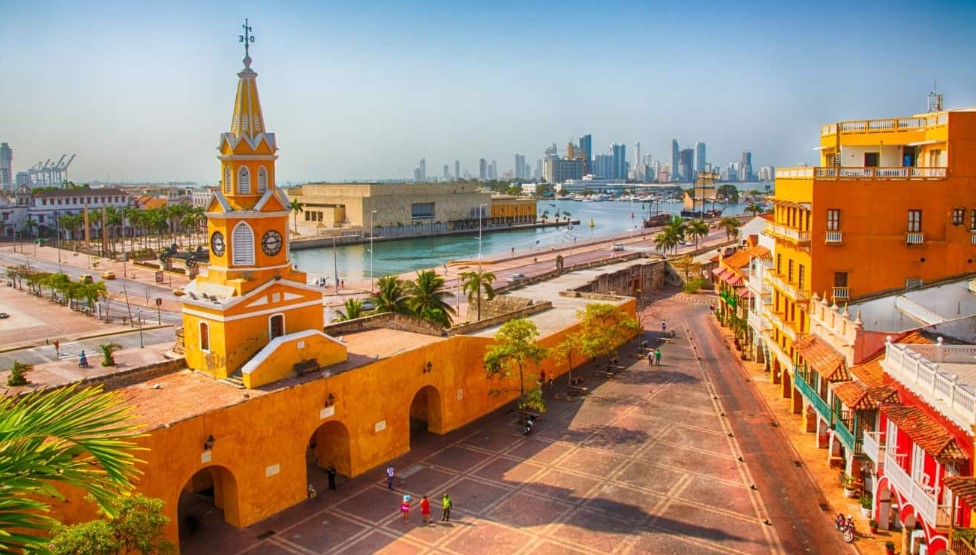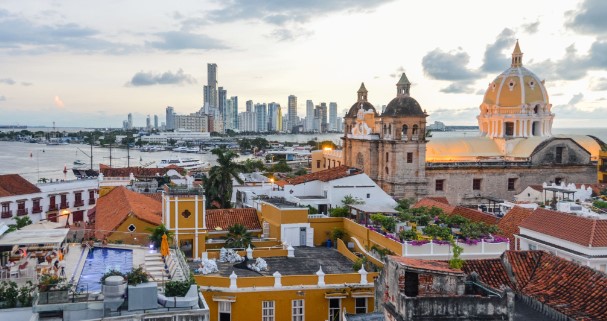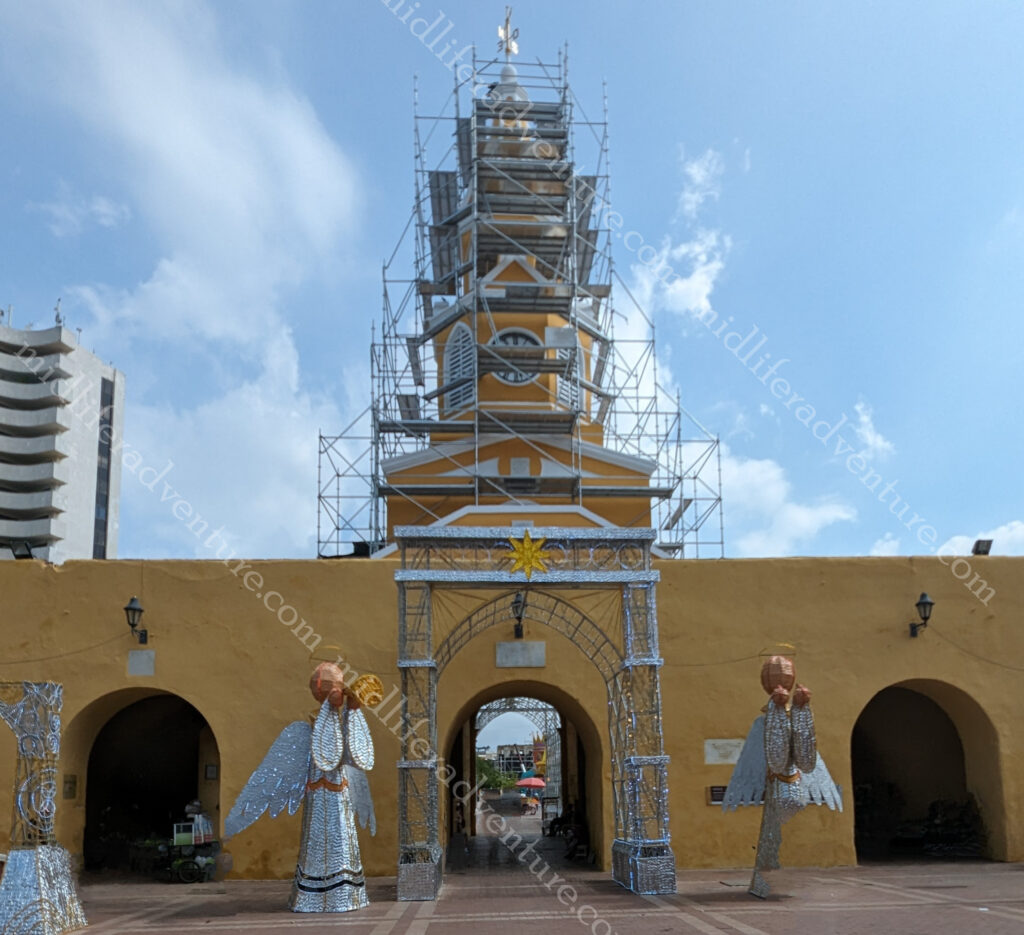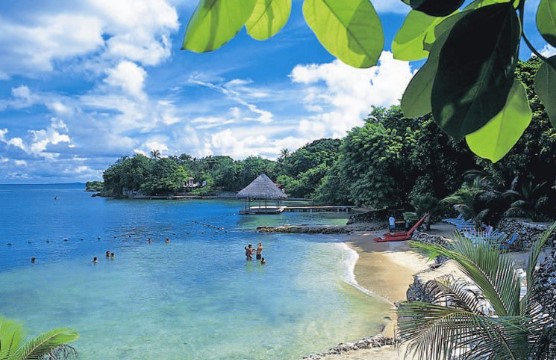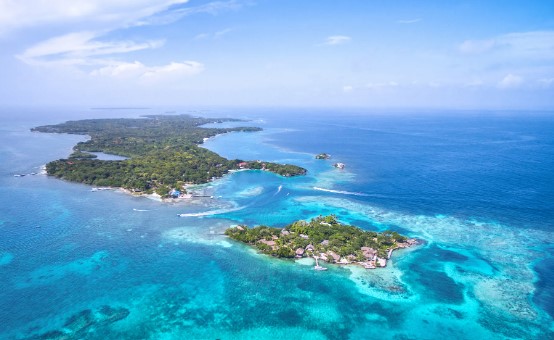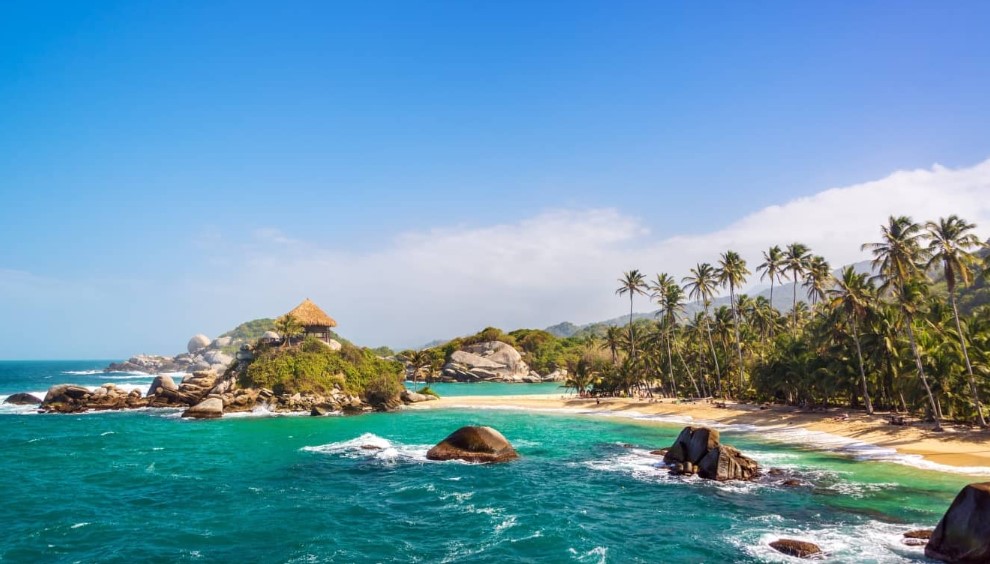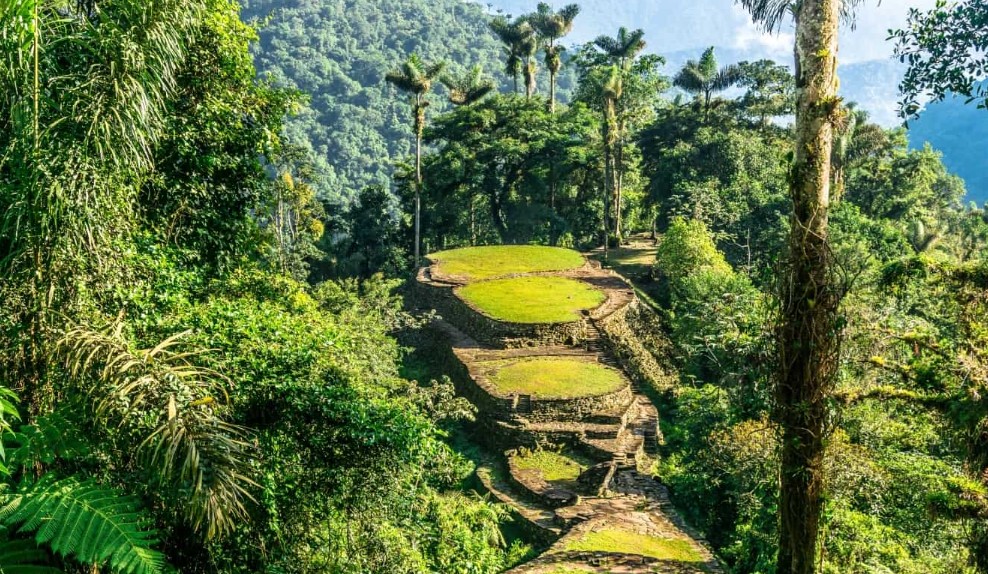Country #96 Country & Territory # 133

Honduras is a country of about 9 million in Central America bordered by Guatemala, El Salvador, and Nicaragua. Its capital and largest city is Tegucigalpa.
Honduras has a Mayan history dating back 3000 years, it became independent (from the Spanish) in 1821 and has since been a republic, although it has consistently endured much social strife and political instability and remains one of the poorest countries.
In the first recorded encounter between the Spanish and the Maya (in 1502), Christopher Columbus’ brother (Bartholomew) encountered a Mayan trading vessel from Yucatán, carrying well-dressed Maya and a rich cargo. Bartholomew’s men stole the cargo they wanted and kidnapped the ship’s elderly captain to serve as an interpreter. More devastating for the local people was exposure to infectious diseases (smallpox and measles) to which they had no immunity.
Safety
Honduras has a reputation for a reason. There is a history of crime in Honduras, in fact, Honduras has the second-highest murder rate in the world after El Salvador (another one of my favourite countries) and is often called the murder capital of the world.
The websites suggest that ‘Violent crime, such as homicide, armed robbery, and kidnapping, remains common. Violent gang activity, such as extortion, violent street crime, rape, narcotics, and human trafficking, is widespread. Local authorities may lack sufficient resources to respond effectively to serious crime incidents’.
In reality though, about 85% of the murders that do happen in Honduras, are related to drug and gang violence. They usually happen between rival groups and within the territories they control. The gangs only control small areas or neighbourhoods in larger cities. Small towns, rural areas and tourist destinations are pretty much gang-free. And tourists are not targeted at all.
Roatan Island
Our foray into Honduras was onto the island of Roatan (population 41 thousand) which lies about 65 kms off the mainland. The island is 77kms long and around 8km wide. Beautifully set up for the cruise industry, you get off into a manufactured shopping mall complete with all you could ever want (at exorbitant prices).


In fact, most people never venture beyond these confines. The area is crisp, clean, flat, beautifully paved and entirely safe. It has bars, shops, cafes and restaurants and is totally removed from the reality that lies just outside the gates.






But we are outside the gates sort of people. So off we went, turning right and heading towards the major town of Coxen Hole (population 5000). To say that this is a tiny shithole would be fair. The the town, infrastructure and amenities are basic at best and most likely reflect the reality of living in Honduras (rather than the manufactured version – inside the gate).
Our town journey took us along some pretty dodgy-looking streets and past the roosters and goats in the heart of the CBD. But as sketchy as it all was, at every point, we were greeted by huge smiles and friendly locals everywhere we went. Everyone was super friendly and if the local signs were any reflection, then they all had a great sense of humour to go with it.



That said, we still pulled up short of trying out the local delicacy of Iguana.










The island itself is stunning, with beautiful beaches, natural reefs, and the best that nature has to offer. But you really do leave here wondering how sustainable it is and for how much longer will it be available.









The first thing that you notice is that (apart from beach and snorkelling) the highlights are a 270-meter high point of the island, a questionably safe zip line and an ethically questionable sloth and monkey tours. Now don’t get me wrong, I love a good sloth, but these are not sanctuaries, they are tourist photo opportunities.






I guess the key thing here is that on such a small island, there are no less than 4 sloth and monkey ‘sanctuaries‘ all of which are remarkably close to the tourist centres. In addition to the sloth photos, you can also have photo opportunities with White Face Monkeys, Spider Monkeys, Capuchin Monkeys, Parrots and Scarlet Macaws.
Other than the wildlife that had been ripped from nature the only other real things on offer is zip lining and ATV tours.
On Roatan you can find the Fantasy Island Beach Resort, which is a gorgeous 21-acre all-inclusive private island.
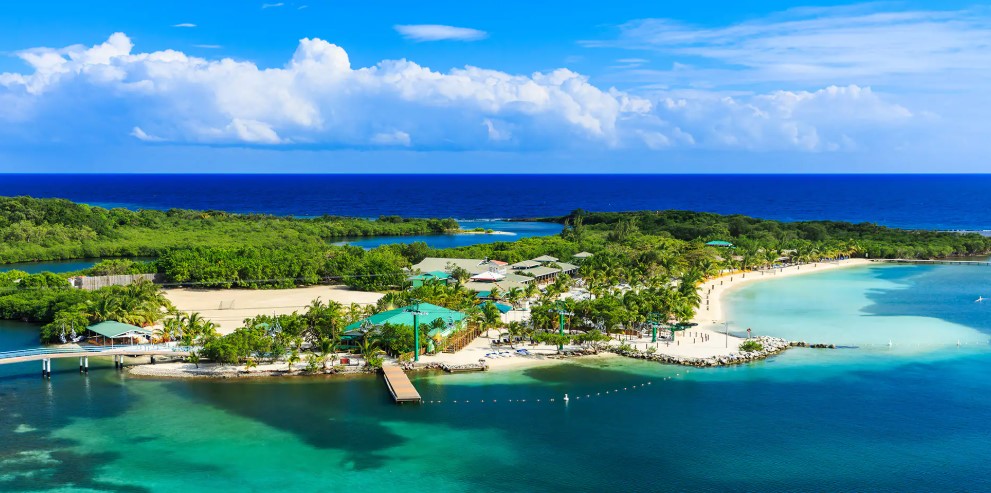
Set on the Mesoamerican Barrier Reef it offers 3 private beaches and snorkeling on the world’s second largest barrier reef. Added to the beach fare are extensive grounds and tropical gardens, filled with iguanas, peacocks and Capuchin monkeys.
Our second foray onto Roatan happened two weeks later and involved catching up with friends (James and Juliette) from Canada. This is both amazing and ludicrous at the same time. We first met them on a cruise ship in Alaska back in July 2023 (for Claudia’s 50th birthday) and got on famously.



A combination of travel and social media identified that they would be on the ship that we were on in two weeks’ time. This ship would be doing the same itinerary at a time when we would be on a different cruise. A bit more examination and we worked out that we would both be in Roatan on the same day. So plans were made.
So, the two couples (from Canada and Australia) that met (in Alaska) through mutual friends (from Australia) randomly reconnected almost 2 years later in Central America Honduras). All very normal and natural in what has become our lives.


Having been in Roatan a fortnight earlier, and broadly unimpressed with what was on offer we opted for finding a cheap dive bar where we could have a couple of drinks and just catch up. So we met in the main port area and headed out beyond the safety of the gates.
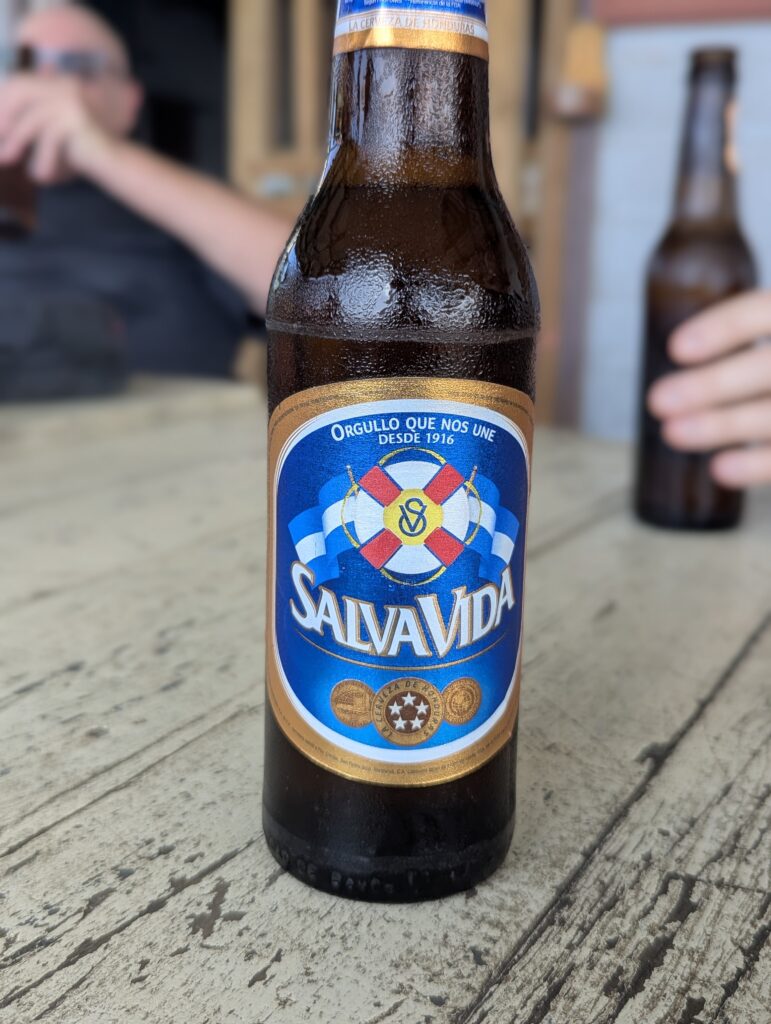
Within 400 meters we had found the sketchiest of bars right on the water, serving beers for 50% of the price of the port.
So in we went, settled in on the deck overlooking the water.
Surrounded by toothless prostitutes in fascinating outfits.
The staff were super friendly and could not do enough to accommodate us. Sadly this ran out when it came to ordering food. So we undertook not to eat but to drink more. This was fine until it came to using the facilities. Juliette was not up to the filthy squatter that the prostitutes were using.
So back to the port, to a beautiful restaurant on the upper floor overlooking the dock (at double the beer price) with a clean and hygienic toilet, and palatable food options. Add to this some bucket-sized cocktails and everyone was happy.



We quite liked the tiny bit of Honduras that we saw but probably wouldn’t put it high on a place to return to. The natural beauty is fantastic, but the tourism practices are not good. The natural beauty will be destroyed in no time as operators prioritise the $dollar above the asset.
If the security stigmas could be overcome then Honduras could be a thriving place. Add some sustainable tourism practices and the place could be heaven on earth. But at present it is being chewed up at a great rate, only saved by low numbers due to security threat concerns.
